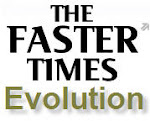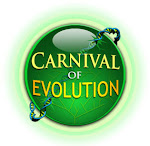 Scientists from Harvard, the Tokyo Institute of Technology and Queens University have published an article in PNAS in which game dynamics are used to model the evolution of cooperative behavior in individuals expressing a range of phenotypic variation.
Scientists from Harvard, the Tokyo Institute of Technology and Queens University have published an article in PNAS in which game dynamics are used to model the evolution of cooperative behavior in individuals expressing a range of phenotypic variation.Central to the model is the presence or absence of “tags” that are recognizable to the players. Tags can be thought of as phenotypic gauges of “likeness” or “kin proximity” that can be identified by the individuals involved and factored into the decision to cooperate or defect - think, “Greenbeard Effect”.
Essentially, when the model is provided with relatively high rates of phenotypic plasticity by way of elevated rates of mutation, cooperation appears to be positively selected.
My initial assessment of the model is that increased mutational rates of phenotypic characteristics when expressed in a single-trait environment simultaneously provide positive feedback (reward) and restrain (penalize) preferences for strategy based advantage both within and between populations; mock-ups such as this go a long way towards improving our understanding of selection relative to mutualism and altruism, but it’s important to bear in mind that these models are necessary simplified representations of highly complex interactions.
Antal, T., Ohtsuki, H., Wakeley, J., Taylor, P., & Nowak, M. (2009). From the Cover: Evolution of cooperation by phenotypic similarity Proceedings of the National Academy of Sciences, 106 (21), 8597-8600 DOI: 10.1073/pnas.0902528106





























No comments:
Post a Comment